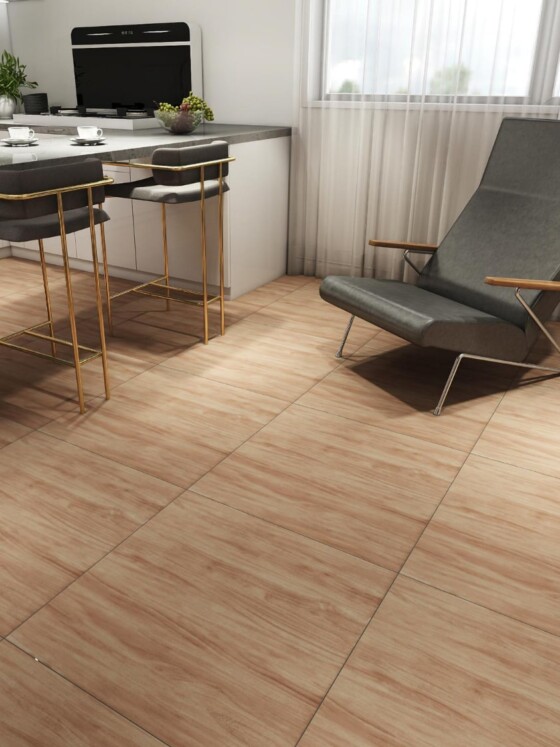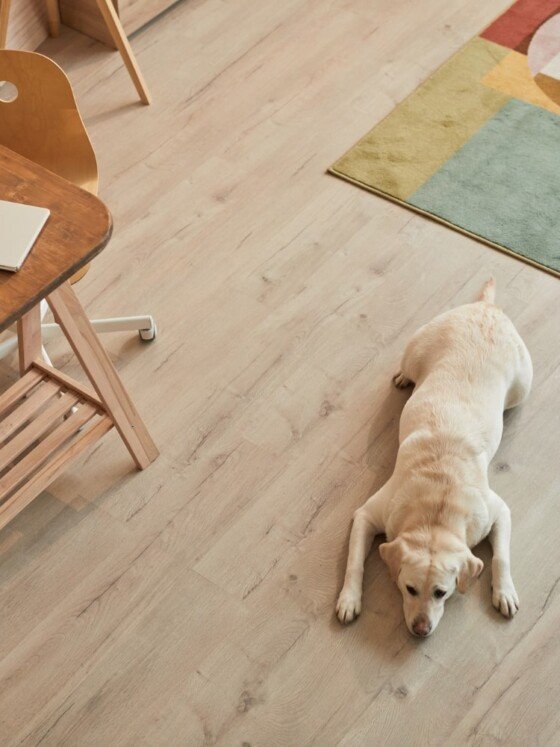best way to clean engineered wood flooring
best way to clean engineered wood flooring
Engineered wood flooring is a popular choice for homeowners due to its durability, beauty, and affordability. However, like any other type of flooring, it requires regular maintenance and care to preserve its appearance and extend its lifespan.
In this blog post, we will discuss the top 10 ways to clean and take care of engineered wood flooring, providing you with comprehensive tips and techniques to keep your floors looking their best for years to come.
Regular Sweeping and Vacuuming
Regular sweeping with a soft broom and vacuuming with a soft flooring attachment is one of the simplest and most effective methods for maintaining engineered wood flooring. Always hoover or sweep an Engineered Wood floor prior to washing; this eliminates most of the dust and grit, while further preventing scratching.
The floor can also be cleaned with a dry microfiber dust mop. Small dirt particles and debris can scratch and dull the surface of your floors over time, acting as sandpaper. Pay close attention to corners, edges, and other difficult-to-reach areas.
Wipe Spills Immediately
Any type of wood, including Herringbone Engineered wood flooring, is susceptible to moisture damage; therefore, it is essential to clean up spills immediately. When liquids are left to pool on the floor, they can permeate the wood and cause warping or discoloration.
Have readily available a supply of soft, absorbent towels or cloths for gently blotting up spills. Applying light pressure, begin at the spill’s perimeter and work your way inward, absorbing the liquid. Avoid rubbing the spill, as doing so can spread the liquid and potentially cause damage to the flooring.
Use a Damp Mop for Regular Cleaning
Just sweeping will not be sufficient to maintain a clean floor. Periodically, you may require assistance from the damp mop. Use a damp mop to thoroughly clean your engineered wood floors. Avoid excessive water, as it can damage the wood by penetrating it.
Add a manufacturer-approved wood floor cleaner or a solution of warm water and vinegar to a bucket of warm water. Mop the floor in the direction of the wood’s grain using a solution-soaked microfiber mop that has been thoroughly squeezed out of excess moisture. Be sure to work in small sections, frequently rinsing and wringing the mop.
Avoid Harsh Cleaning Agents
It is crucial to avoid harsh cleaning agents when cleaning engineered wood flooring, because they can destroy the protective finish and damage the wood. Your floors can be harmed by harsh chemicals like bleach and ammonia. Instead,
use the pH-neutral or mild wood floor cleaners that have been formulated specifically for engineered wood. These cleaners are designed to effectively remove dirt and grime without damaging the flooring or leaving residue. Always read and adhere to the instructions provided by the manufacturer before using any cleaning product.
Protect Floors from Scratches
Preventing scratches is essential for preserving the elegance of engineered wood flooring. Place felt pads or glides on the bottoms of furniture legs to prevent them from damaging the floor when they are moved.
Ensure that furnishings are lifted and not dragged across the floor. Use furniture slides to reduce the risk of scratching on heavier items such as sofas and entertainment centers. Instead of pushing or dragging furniture when rearrangement it should be lifted and carried. You can also use floor protectors under the furniture.
Additionally, use area rugs or runners in high-traffic areas to reduce deterioration. If you have pets, you could perhaps trim their nails to avoid getting scratched. However, you can use pet shoes available in the market.
Avoid Direct Sunlight
Over time, engineered wood floors exposed to direct sunlight can fade or discolour. Consequently, this fact must be kept in mind when maintaining and cleaning engineered hardwood.
To avoid this, use blinds, curtains, or UV-protective window films to diffuse the sunlight entering the room. Regularly adjust the window coverings to minimise direct sunlight’s prolonged exposure to specific floor areas. It is also advisable to rearrange furniture on a regular basis to ensure uniform exposure to sunlight and reduce the likelihood of uneven fading.
Maintain Proper Humidity Levels
As humidity levels fluctuate, wood expands and contracts, demonstrating its susceptibility to humidity fluctuations. Maintain a stable indoor humidity level between 40% and 60% to protect your engineered wood flooring from warping, buckles, and gaps.
Utilize humidifiers to add moisture to the air during dry seasons or in arid climates. In contrast, dehumidifiers should be utilised during humid periods and in moist environments to reduce excess moisture. Monitor the humidity levels with a hygrometer on a regular basis to ensure that they remain within the recommended range.
Place Mats at Entryways
Your engineered wood flooring can be damaged by dirt, sand, and grit tracked in from the outdoors. Place mats or rugs at entryways to trap dirt and debris before it reaches the floor to reduce the risk. Choose mats with slip-resistant backings to avoid accidents.
Regularly shake or hoover these mats to prevent their becoming abrasive. Avoid using rubber-backed or non-ventilated mats, as they can trap moisture and cause damage to the flooring.
Use Protective Coatings
If your engineered wood flooring begins to show signs of wear and tear, applying a protective coating can improve and enhance its appearance adding an extra layer of protection. Consult with a flooring expert to determine the optimal finish for your flooring type.
Before applying any coating, ensure the floor is clean and dry, and follow the manufacturer’s instructions carefully. Some coatings require multiple applications, while others may require sanding in between.
Maintain the protective coating routinely to ensure its durability. Remember to use protective oil coating, as it protects floors from soaking up the moisture and avoids long-term damage.
Schedule Professional Maintenance
Regular care and maintenance can go a long way towards preserving your engineered wood flooring, but it is also necessary to schedule periodic professional maintenance. Professional cleaners can perform deep cleaning, refinishing, and repairs to maintain the optimal condition of your floors.
They have the knowledge and tools to perform more intensive cleaning tasks and address any flooring issues. Consult a reputable flooring company for maintenance recommendations based on variables such as foot traffic, environmental conditions, and the age of your flooring.
Conclusion
By following these top 10 ways to clean and take care of engineered wood flooring, you can ensure your floors remain beautiful and durable for years to come. Regular sweeping, prompt spill cleanup, and gentle mopping will help prevent scratches and moisture damage.
Protecting your floors from sunlight, maintaining proper humidity levels, and using protective coatings will further extend their lifespan. Placing mats at entryways and scheduling professional maintenance will also contribute to the longevity of your engineered wood flooring.
Occasional deep cleaning by professionals is as vital as the other tip explained above. With these tips, you can enjoy the timeless elegance and warmth of engineered wood flooring in your home for the long run.






Leave a Reply